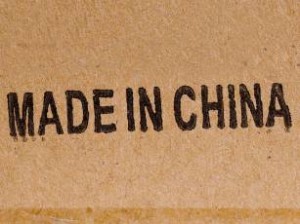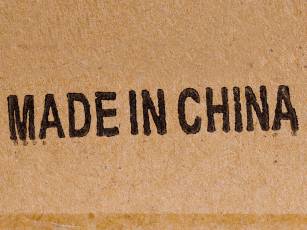CPSC & HUD Issue Guidance on Repairing Homes With Chinese Drywall
 The U.S. Department of Housing and Urban Development (HUD) and the U.S. Consumer Product Safety Commission (CPSC) today issued interim remediation guidance to help homeowners struggling to rid their properties of problem drywall linked to corrosion of metal in their homes such as electrical components.
The U.S. Department of Housing and Urban Development (HUD) and the U.S. Consumer Product Safety Commission (CPSC) today issued interim remediation guidance to help homeowners struggling to rid their properties of problem drywall linked to corrosion of metal in their homes such as electrical components.
Earlier this year, HUD and CPSC issued a protocol to help identify problem drywall in the home. Today’s interim remediation guidance is being released in recognition that many homeowners want to begin remediating their homes and offers a next step to homeowners whose homes have been determined to have problem drywall.
Based on scientific study of the problem to date, HUD and CPSC recommend consumers remove all possible problem drywall from their homes, and replace electrical components and wiring, gas service piping, fire suppression sprinkler systems, smoke alarms and carbon monoxide alarms. Taking these steps should help eliminate both the source of the problem drywall and corrosion-damaged components that might cause a safety problem in the home. To view a full text of the remediation guidance, visit the federal Drywall Information Center website.
This interim remediation protocol is being released before all ongoing scientific studies on problem drywall are completed so that homeowners can begin remediating their homes. CPSC will continue to release its scientific studies as they are completed.
Completed studies show a connection between certain Chinese drywall and corrosion in homes. CPSC is continuing to look at long term health and safety implications.


